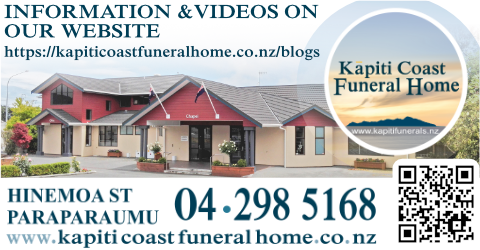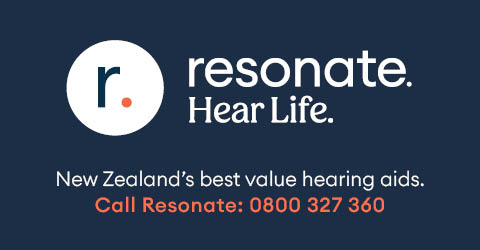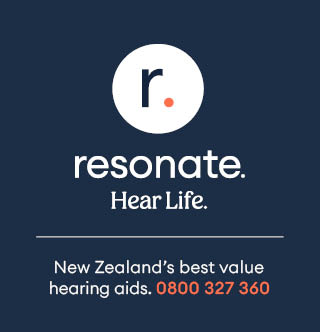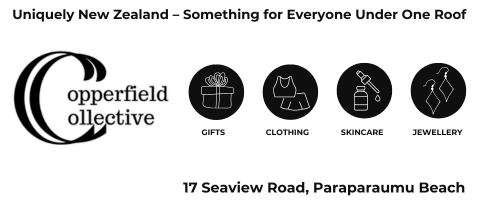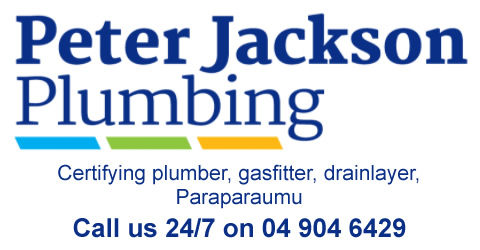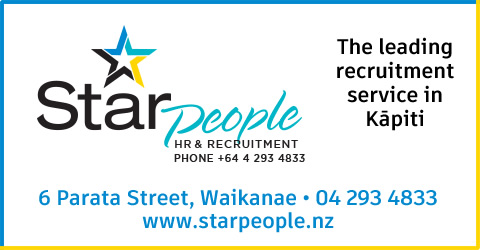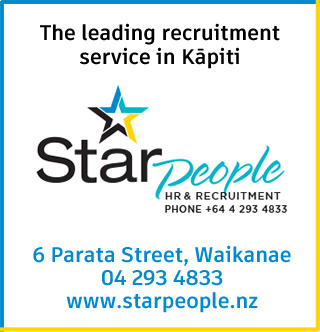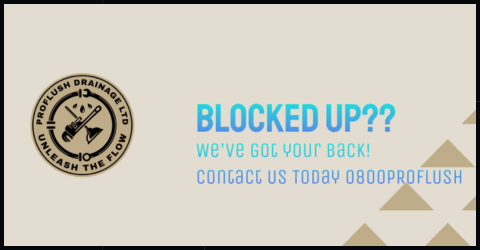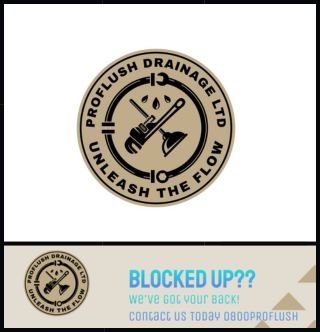The types of failures that led to the Pike River mine tragedy can be found in many businesses and in many industries, says Rebecca Macfie, the Listener journalist who spent a year investigating the disaster and wrote the book Tragedy at Pike River: How and Why 29 Men Died.
Pike River has changed how we approach health and safety (H&S). The emphasis on getting workers engaged in workplace H&S can be traced back to the 2010 disaster and the Royal Commission and Taskforce on Workplace Health and Safety that followed .
Commission member Stewart Bell has likened Pike River’s failures to Swiss cheese, where the holes represent gaps in an organisation’s defence system. At the mine the sheer number of issues meant, “there was no cheese”.
“There were hundreds of incident reports from workers about broken equipment and things that had gone wrong that had not even been looked at,” Macfie says.
Despite the scale of the tragedy, she sees Pike River as an “ordinary” event because things that went wrong there happen in many companies.
These are some of the lessons any organisation can learn from Pike River.
If you manage a business:
be alert, be curious and be sensitive to what is happening around you
create an environment of trust and good faith where workers feel they can say what’s going on
ask if you’re really listening or just relying on a process
encourage feedback from everyone in the workplace on H&S matters not just your direct reports.
If your business has a board of directors, it should:
keep eyes and ears open to every source of information
have members with diverse skills, including technical skills they must be able to ask the right questions
maintain a healthy distance from management.
tip Every person who comes to you with information about safety is a whistle-blower and deserves to be listened to respectfully, says Rebecca Macfie.
Talk about safety and risks
“One of New Zealand’s greatest strengths is that we can create a workplace where Jack can talk to his master,” Macfie says.
“If a piece of equipment is a piece of rubbish, you really want to know about it. That’s why the taskforce was incredibly strong on the need for worker participation as a pillar for maintaining a safe workplace.
“Prioritising worker engagement and participation is not only a legal requirement, it’s a cost effective way for small business owners to keep people healthy and safe,” she says.
“You can’t always afford to bring in external consultants and you know that your workers are your best resource. Please listen to them. We owe it to the Pike 29, we owe it to our workers, and we owe it to ourselves.”









